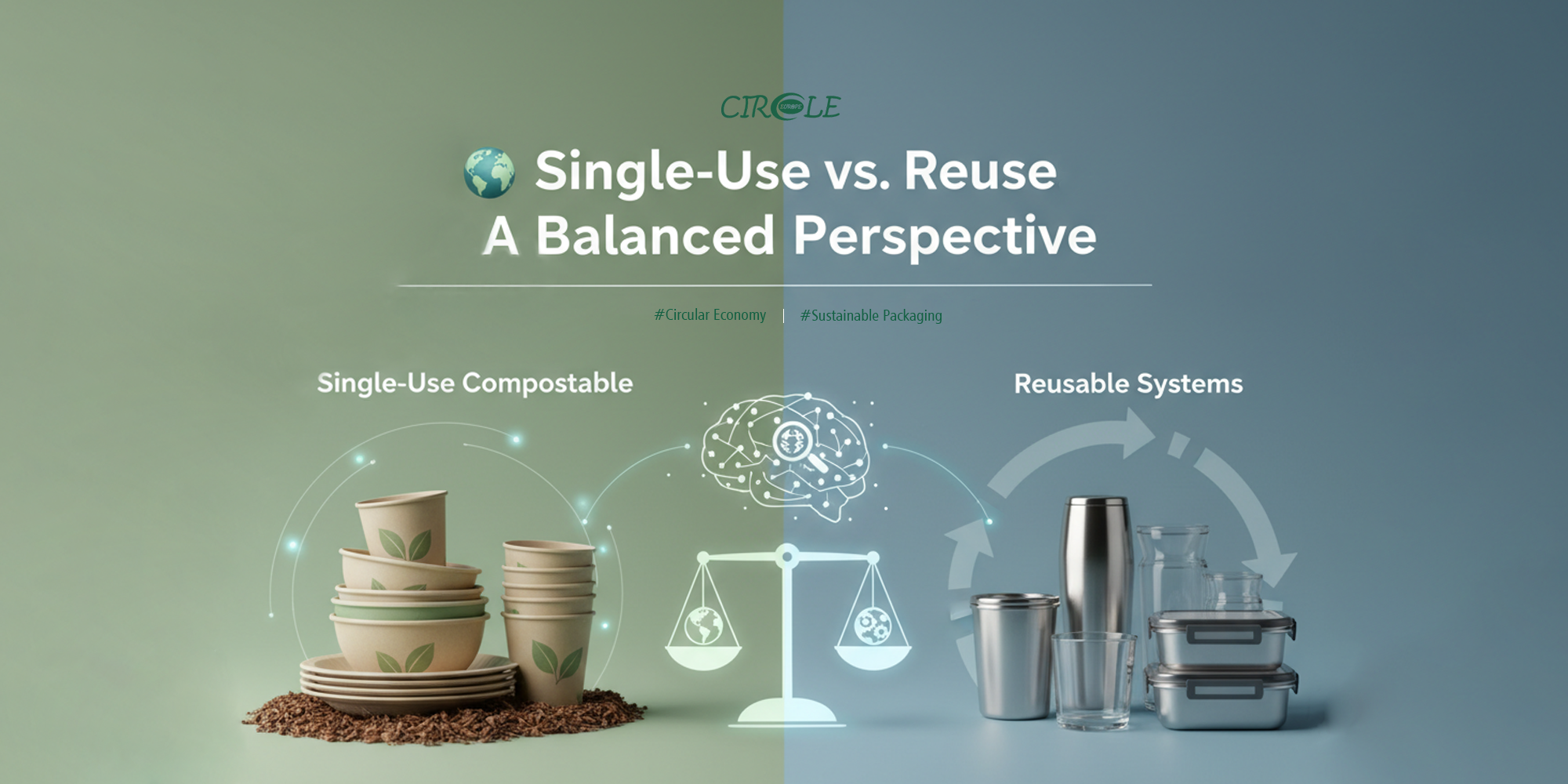Single-Use vs. Reuse
Release time: 2025-09-30
In the ongoing pursuit of sustainability, the debate between single-use compostable packaging and reusable systems continues to spark conversation across industries. Each approach carries its own environmental, economic, and practical implications. Striking a balance between the two is essential for building a truly circular economy.
The Promise of Single-Use Compostable Packaging
Single-use compostable products—such as bowls, cups, and containers made from renewable resources like plant fibers—offer an eco-friendly alternative to traditional plastics. When managed properly, these items can break down into natural materials, reducing landfill waste and minimizing pollution.
Compostable packaging is particularly beneficial in settings where reuse is impractical, such as large-scale events or food delivery services. It supports convenience without heavily compromising sustainability goals.( https://www.reloopplatform.org/reusable-vs-single-use-packaging-a-review-of-environmental-impacts/)

The Strength of Reusable Systems
On the other hand, reusable systems—including stainless steel containers, glass jars, and durable tumblers—promote long-term waste reduction. By eliminating the need for constant production and disposal, reusable products significantly lower resource consumption and greenhouse gas emissions over time.
However, implementing such systems requires infrastructure for cleaning, transportation, and management. These processes must be energy-efficient and hygienic to maintain the overall environmental advantage.(https://foodpackagingforum.org/news/jrc-publishes-case-studies-on-single-use-versus-multiple-use-packaging)
Finding the Right Balance
The key lies not in choosing one system over the other, but in integrating both intelligently. Compostable single-use items can serve as practical solutions where reusables are not viable, while reusable systems should be prioritized wherever possible to minimize overall impact.
Adopting a data-driven approach—considering factors such as lifecycle emissions, logistics, and user behavior—will help organizations make more informed, balanced decisions.(https://packagingeurope.com/news/single-use-vs-reuse-which-will-lower-the-impact-of-food-and-drink-packaging/11051.article)






